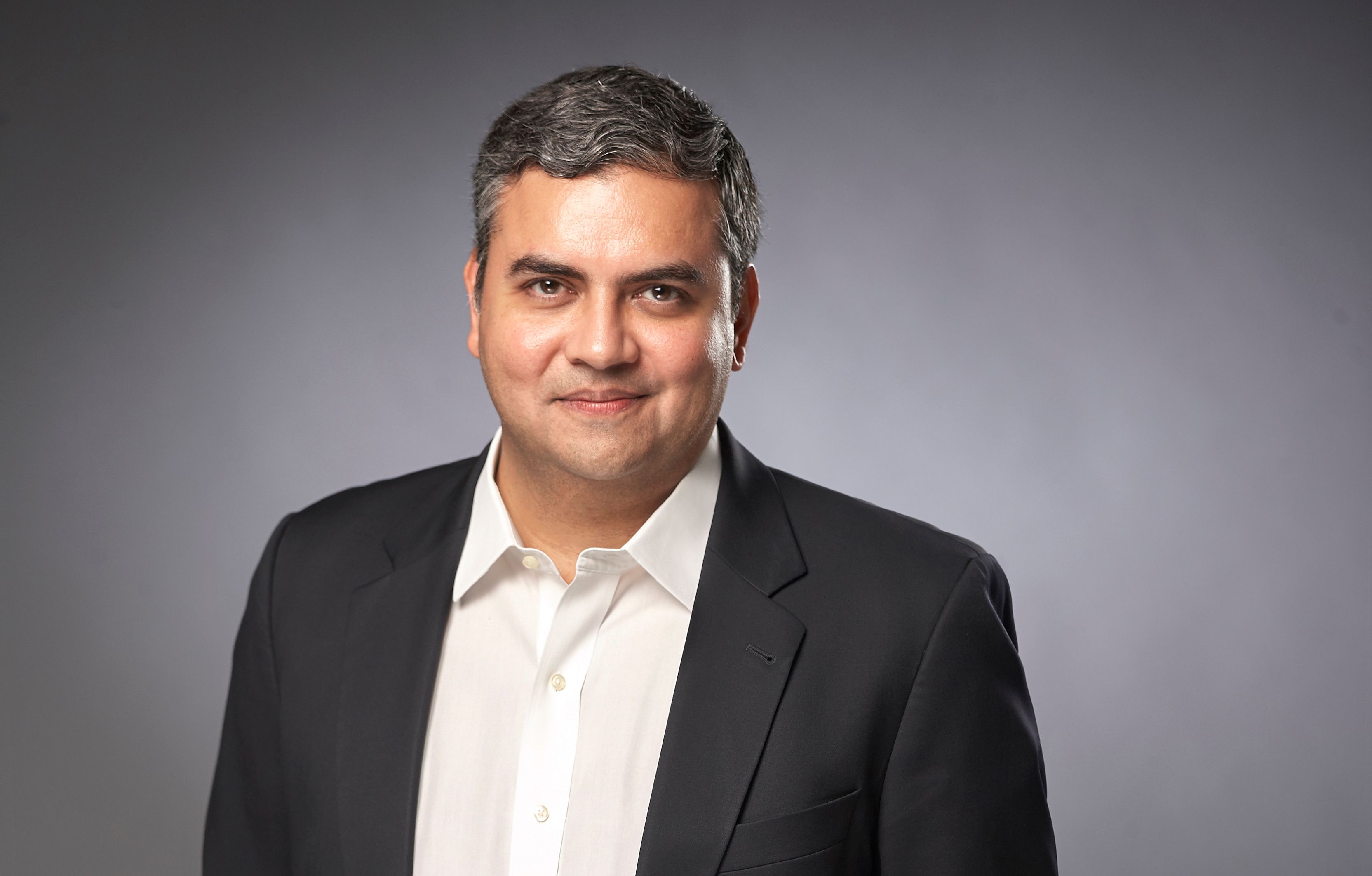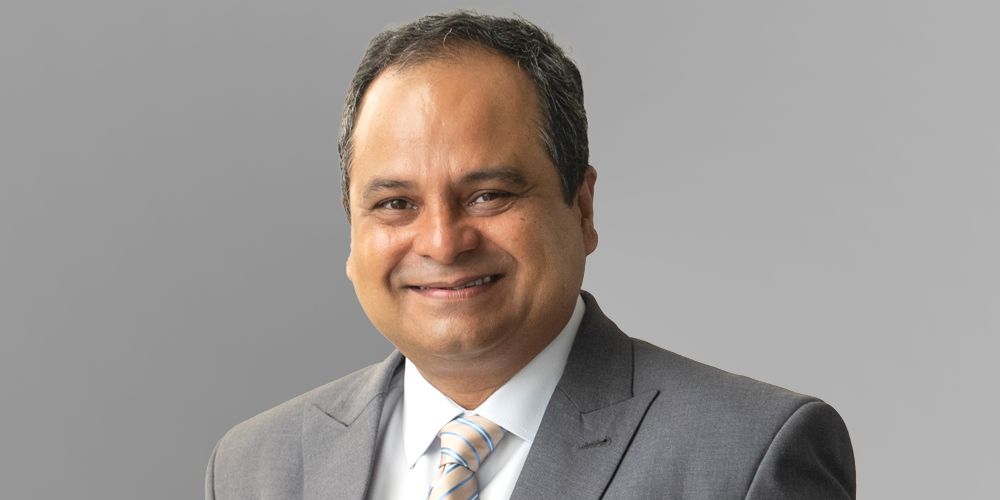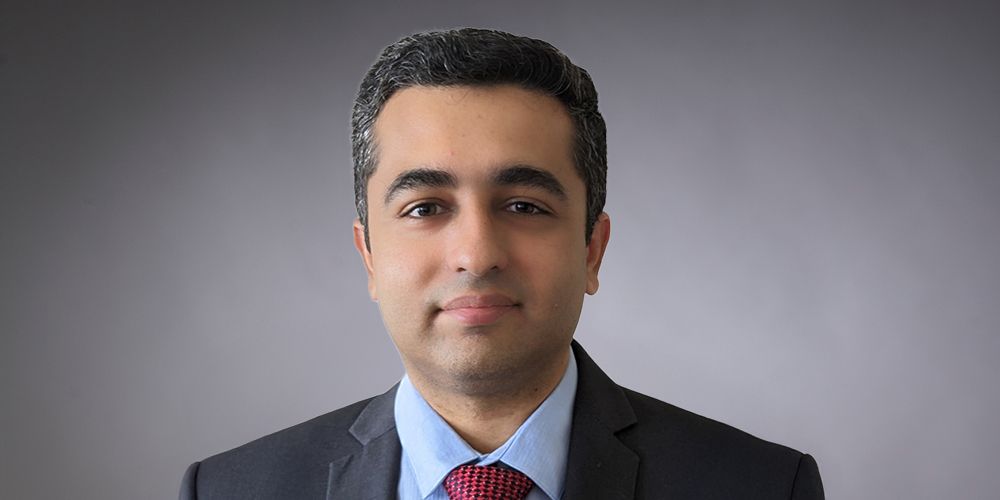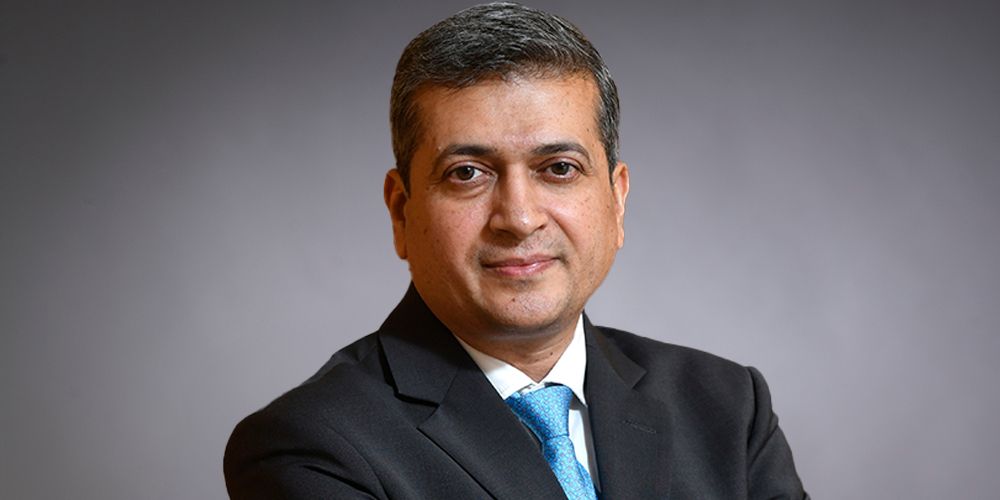
Bankers fan out all over the country to sign up new clients eager to tap into a furious stock rally.
A four-year bull run has produced average annual gains in the benchmark NSE Nifty 50 index of more than 30% and turned the market here into one of the world’s most expensive. The mania that began in Mumbai and New Delhi is spreading into the hinterlands just as the country’s economic boom puts more disposable money into the pockets of everyday Indians.
On average, the net wealth of adults has grown at an 8.7% annual clip in India this century, nearly double the global pace, according to Bloomberg Intelligence. Outside the biggest cities, where the growth rate is even higher, much of this new wealth is pouring into mutual funds. People living beyond the 30 biggest metropolis areas hold some 12 trillion rupees ($143 billion) in mutual funds today, most of which invest in stocks, according to Association of Mutual Funds in India. That’s up more than 200% from five years ago.
The frenzy is making financial regulators nervous. They’ve repeatedly warned of the risks triggered by soaring stock valuations, a wave of initial public offerings by tiny firms with fragile balance sheets and the rush by mom-and-pop investors into complex, high-risk products like equity options.
“We are very, very worried,” Ashwani Bhatia, a member of the Securities & Exchange Board of India, said last month when asked about the boom in small-scale IPOs. Three days earlier, an Indian motorcycle dealership with just two stores and eight employees raised $1.4 million in a deal that attracted more than 400 bids from investors for every one that was accepted.
To bankers, though, all of this just highlights how great the opportunity is. “In all our discussions and internal plans, we see smaller cities as significant growth areas,” said Nikunj Kedia, head of products at 360 ONE Wealth, part of the 360 ONE Group that manages $63 billion in assets. The Mumbai-based wealth manager is focused on rapidly beefing up what it calls its hub-and-spoke model, with offices in the biggest cities serving smaller markets, including those in the traditionally underdeveloped regions in eastern India.














